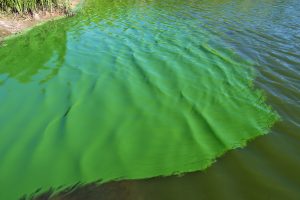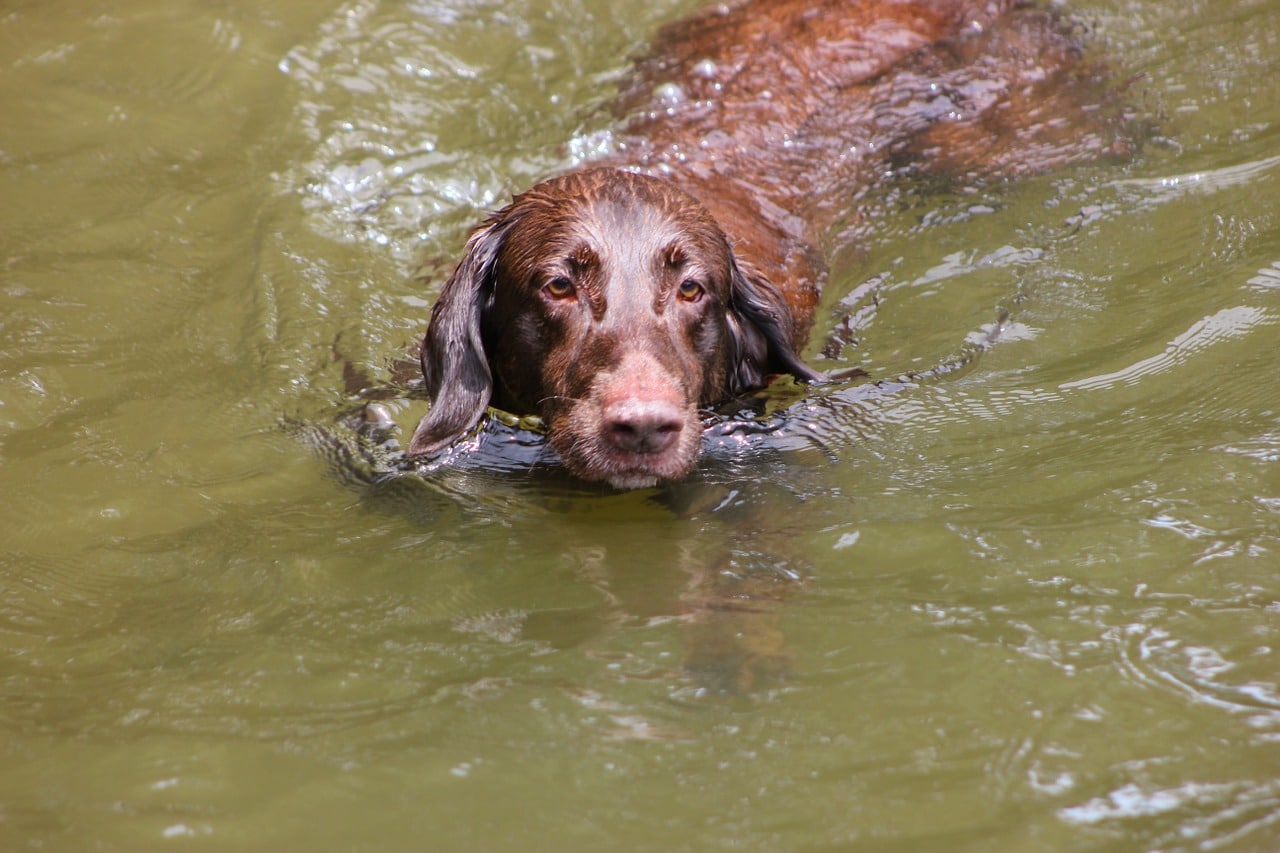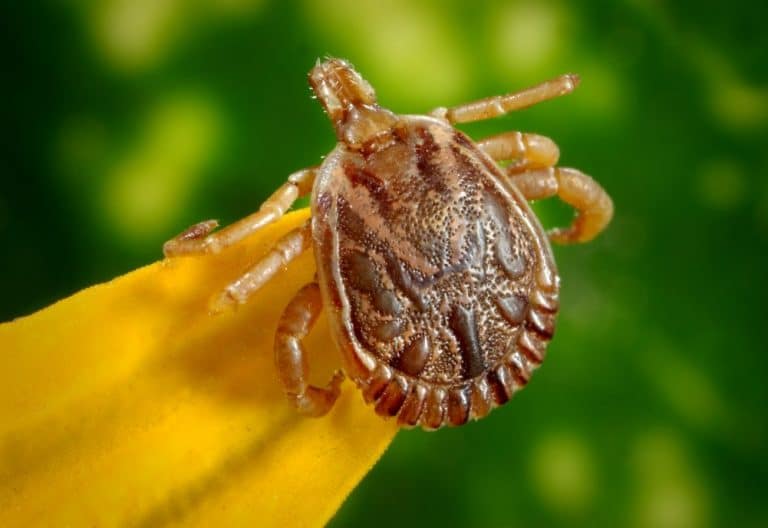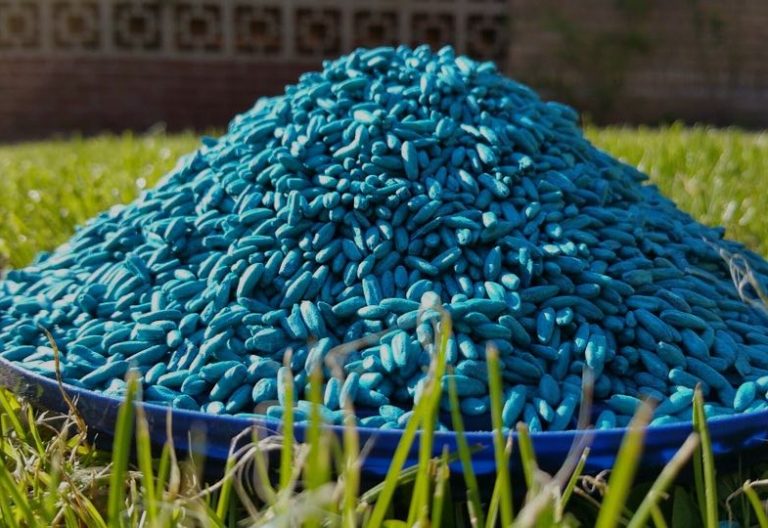It is the middle of August and the summer is showing its best side. However, bathing in the lakes can also entail a risk that is often overlooked: The blue-green alga, also known as Cyanobacteria.
What are Blue-green algae?
At least once in our lives, we have all seen the green layer that covers the top of some ponds or stagnant puddles. The excessive reproduction of algea forms this layer, especially in summer. The increase in temperature provides a suitable environment for the growth of the number of algae in freshwater.
Blue-green algae is a single-cell organism and have a green-blue color. Although mostly encountered in stagnant waters, they can also be found in drinking water, seas, oceans and in food (especially in marine products living in polluted waters).

They form an algal residue on the water called algal bloom/ algal water-bloom with an excessive rate of reproduction. Although they’re called blooms, they’re not as harmless as you might think.
At the end of the summer season when the weather is hot, humid and rainless, they tend to overproduce. Increased phosphorus content in water also provides a suitable environment for reproduction.
In recent years, a result of global warming, wider algal blooms formed (1).
Why are Blue-green algae harmful to my dog?
As a result of the algal layer deposited on the water at the appropriate temperatures, the wind and waves are dragged to the shore. By drinking the intoxicated water or contacting with it, we put our lives in danger. It risks the lives of the people and animals living near to that area. Especially, our four-legged friends might drink toxic water from the puddles they find or jump right into them in the twinkle of an eye.
More than 30 species of blue-green algae that make up toxic water-bloom (2). According to the studies, 25% to 75% of the algal blooms produces toxic substances (3). While some types produce toxins that damage the liver, others produce toxins that affect the nervous system. Some types produce both types of toxins.
Don’t worry, not all species of blue-green algae are toxic. In fact, for medicine and agriculture those non-toxic species are quite beneficial.
Swimming waters in Germany
Since 2001, water quality improvement in Germany has been continuing rapidly. Each state regularly measures the quality of bathing waters. In 2018, 2298 samples were taken from swimming waters around Germany and 98% of them were of very good quality. In the same year, 74 of got temporarily or completely closed. The reason for the closure of 47 of them was a blue-green algae (4).
Which symptoms occur?
Symptoms vary according to the type of toxin. Contact with the skin may cause an allergic reaction, as well as the symptoms, may be limited with nausea.
Toxins that affect the liver may cause following symptoms:
- Diarrhea
- Vomiting
- An excessive amount of saliva
- Difficulty at breathing
- Laying down all the time
- Hyperthermia (increase in body temperature)
- Coma
Toxins that affect the nervous system may occur in a short time as 30-60 minutes after your dog has been exposed to them. These symptoms are:
- Muscle contractions
- Collapse
- Cyanosis (purple color of mucous membranes)
- Difficulty at breathing, panting
- Spasm
- Seizure
- Paralysis
- Coma
Toxication may progress very fast that death may occur in a few minutes to a few hours.
What kind of treatment awaits my dog?
If you suspect that your dog has had algal poisoning, you should go to your veterinarian as soon as possible.
There is no antidote against this poisoning. Your dog’s vital values should be checked regularly.
However, before you go to the veterinarian, you can wash your dog’s hair to decontaminate the fur. Don’t give any medication without consulting your veterinarian!
Your veterinarian would be providing supportive treatment for your dog as soon as possible.
For decontamination, activated charcoal may be applied.
If they find out that your dog has decreased blood sugar or a change in liver enzymes, they will attempt to correct these values.
Alternatively, they may use liver-protectant and antioxidant drugs.
If your dog is unconscious or has a seizure, your veterinarian may use medications to control the muscle spasms.
The prognosis is often poor because poisoning occurs and affects the body very quickly. If your dog has survived, it will usually respond to treatment.
How can I protect my dog?
- Avoid smelly, discolored water with foam, algal bloom or dead fish on its surface.
- Observe the warning signs around the bathing water and obey the rule if there is a swimming ban.
- Do not walk your dog without leash in these areas and prevent them from drinking water.

If there is a layer of algae on the water surface, or if the water turbidity is caused by algae, assume that this water contains harmful toxins. No one can decide by looking at the surface that a layer of algae is toxic. Although all algae do not produce toxins, do not risk both your own and your dog’s health.
References:
1- https://www.nature.com/news/climate-change-is-making-algal-blooms-worse-1.21884
3- Bláha, L., Babica, P., & Maršálek, B. (2009). Toxins produced in cyanobacterial water blooms – toxicity and risks. Interdisciplinary toxicology, 2(2), 36–41. doi:10.2478/v10102-009-0006-2
4- https://www.umweltbundesamt.de/
https://petleo.net/en/2019/09/23/xylitol-poisoning-in-dogs/
algal toxicationblue-green algaeswimming ponds


